The sight of a rainbow arching over a waterfall is one of nature’s most breathtaking spectacles. This mesmerizing phenomenon, where sunlight interacts with water droplets suspended in the mist, creates a vivid display of colors that has captivated humans for centuries. Waterfalls, with their powerful cascades and constant spray, provide the perfect conditions for rainbows to form, making these locations prime spots for witnessing this natural wonder.
The Science Behind the Magic
Rainbows are optical illusions caused by the refraction, reflection, and dispersion of light in water droplets. When sunlight enters a water droplet, it slows down and bends, separating into its constituent colors. This light then reflects off the inside surface of the droplet before exiting, bending once more as it moves back into the air. The result is the familiar arc of colors—red, orange, yellow, green, blue, indigo, and violet—that we recognize as a rainbow.
Waterfalls enhance this effect due to the sheer volume of mist they produce. The turbulent water creates countless tiny droplets that remain suspended in the air, acting as miniature prisms. The angle of the sun relative to the observer determines whether a rainbow will be visible. For the best chance of seeing one, the sun should be low in the sky, typically in the early morning or late afternoon, and positioned behind the viewer as they face the waterfall.
A Symbol of Beauty and Myth
Beyond their scientific explanation, rainbows at waterfalls have held deep cultural and symbolic significance across civilizations. In many mythologies, rainbows are bridges between the earthly and the divine. Norse legends describe the Bifröst, a rainbow bridge connecting Midgard (the human world) to Asgard (the realm of the gods). Similarly, in Hawaiian culture, rainbows are seen as pathways for ancestral spirits.
Waterfalls, too, are often revered as sacred sites. The combination of falling water and a rainbow can evoke a sense of transcendence, as if nature itself is offering a glimpse into something greater. This duality of scientific wonder and spiritual symbolism makes waterfall rainbows a subject of endless fascination.
Chasing Waterfall Rainbows Around the World
Certain waterfalls are renowned for their frequent and spectacular rainbows. Niagara Falls, straddling the border between the United States and Canada, is perhaps the most famous. The immense volume of water ensures a perpetual mist, and on sunny days, multiple rainbows can often be seen arcing over the falls. Visitors flock to viewpoints like Terrapin Point or the Maid of the Mist boat tour for the best vantage points.
In Africa, Victoria Falls—known locally as "Mosi-oa-Tunya" or "The Smoke That Thunders"—is another prime location. The sheer height and width of the falls create a mist plume that can rise hundreds of meters into the air, often producing full-circle rainbows visible from the surrounding rainforest.
For those seeking a more secluded experience, Iceland’s Seljalandsfoss offers a unique opportunity. Visitors can walk behind the curtain of water, and on sunny days, the interplay of light and mist creates rainbows that seem to dance around the edges of the falls. The ethereal quality of this experience is unmatched.
The Photographer’s Challenge
Capturing the perfect waterfall rainbow is a dream for many photographers, but it comes with its own set of challenges. The dynamic range between the bright sky and the darker waterfall can make exposure tricky. Polarizing filters are often used to reduce glare and enhance the colors of the rainbow, while a slower shutter speed can smooth out the water’s motion, creating a silky effect that contrasts beautifully with the sharp arc of the rainbow.
Timing is also critical. The fleeting nature of rainbows means photographers must be prepared to act quickly. Scouting the location beforehand, understanding the sun’s path, and anticipating weather conditions are all essential for success. The reward, however, is an image that encapsulates the magic of the moment—a fleeting yet unforgettable display of nature’s artistry.
Preserving These Natural Wonders
As climate change alters weather patterns and human activity impacts water sources, the future of waterfalls and their accompanying rainbows is uncertain. Reduced water flow from droughts or diversions for agriculture can diminish the mist needed for rainbows to form. Pollution, too, can affect the clarity of both water and air, potentially obscuring these natural phenomena.
Efforts to protect these areas are crucial. National parks and conservation initiatives play a vital role in safeguarding waterfalls and their ecosystems. Responsible tourism, such as staying on designated paths and minimizing waste, helps ensure that these sites remain pristine for future generations to enjoy.
A Moment of Awe
Whether witnessed in person or through a photograph, a rainbow over a waterfall is a reminder of the beauty and complexity of the natural world. It is a fleeting convergence of light, water, and perspective—a moment that invites us to pause and marvel. In a fast-paced world, these instances of natural wonder offer a rare chance to reconnect with the earth’s timeless rhythms.
From the thunderous roar of Victoria Falls to the serene elegance of Iceland’s cascades, waterfall rainbows continue to inspire and enchant. They are a testament to the delicate balance of elements that create such splendor, and a call to preserve the environments that make them possible.
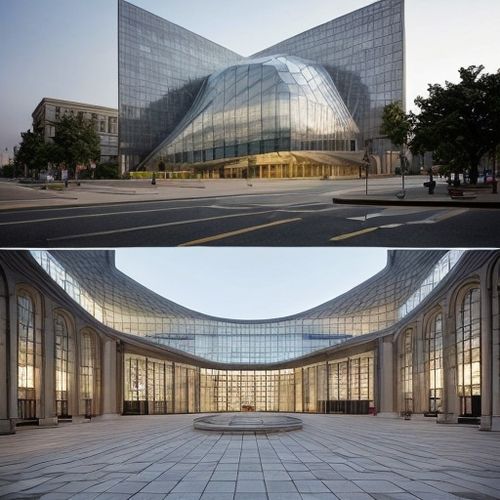
By John Smith/Apr 28, 2025
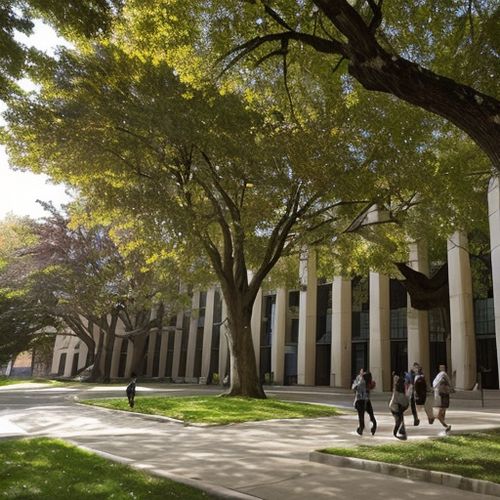
By Christopher Harris/Apr 28, 2025
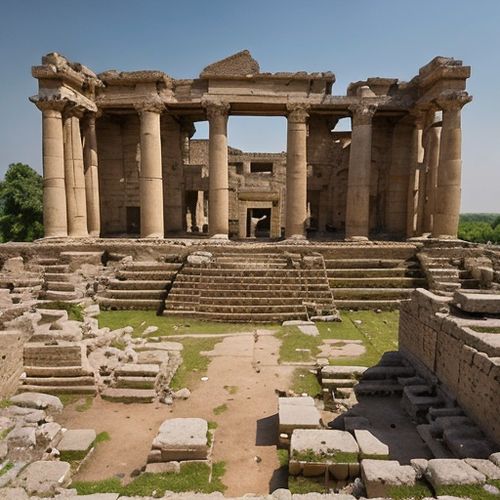
By Sophia Lewis/Apr 28, 2025
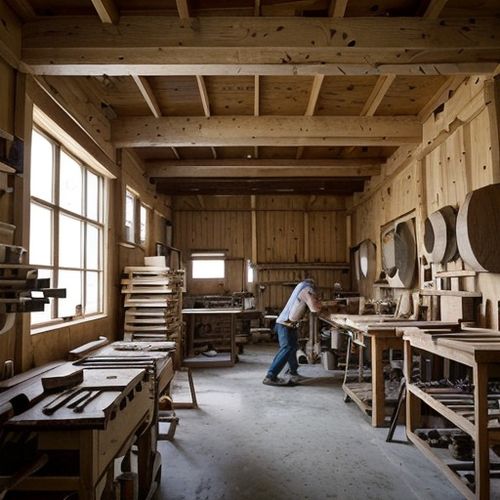
By Amanda Phillips/Apr 28, 2025
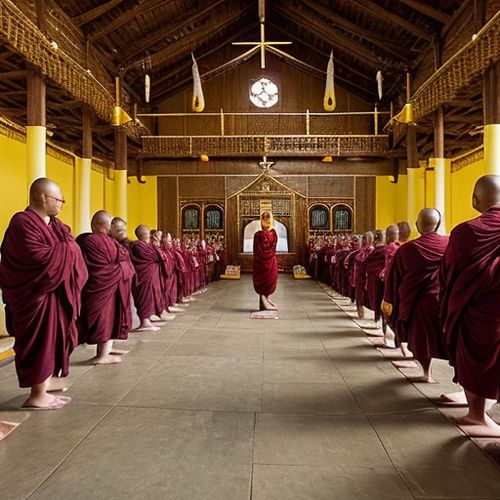
By George Bailey/Apr 28, 2025
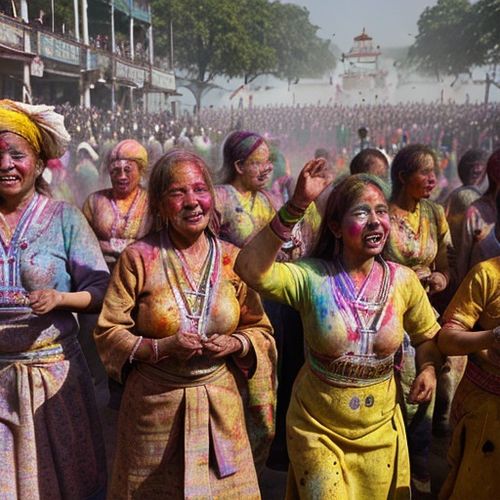
By Christopher Harris/Apr 28, 2025

By Thomas Roberts/Apr 28, 2025

By James Moore/Apr 28, 2025
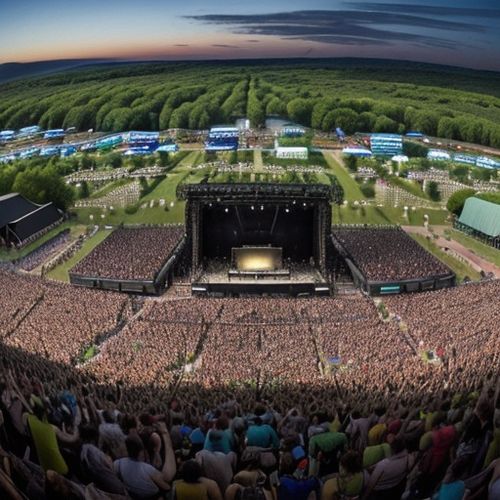
By Eric Ward/Apr 28, 2025
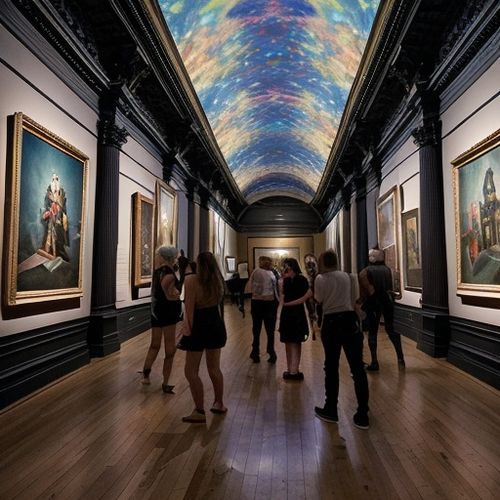
By Thomas Roberts/Apr 28, 2025
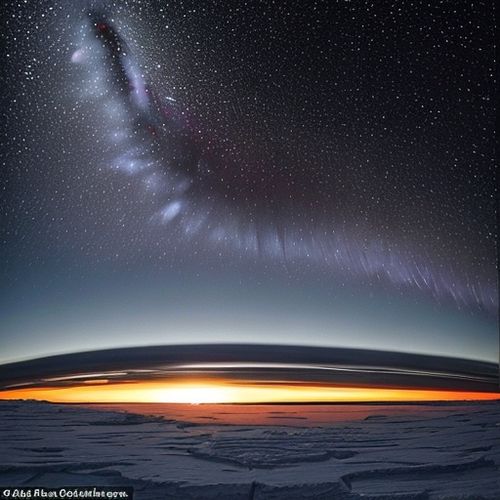
By Sophia Lewis/Apr 28, 2025

By Joshua Howard/Apr 28, 2025
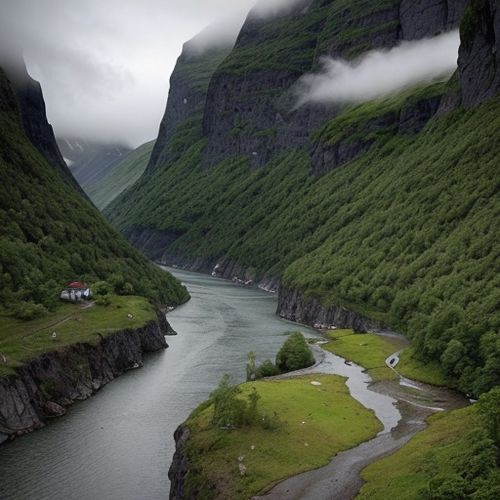
By Jessica Lee/Apr 28, 2025
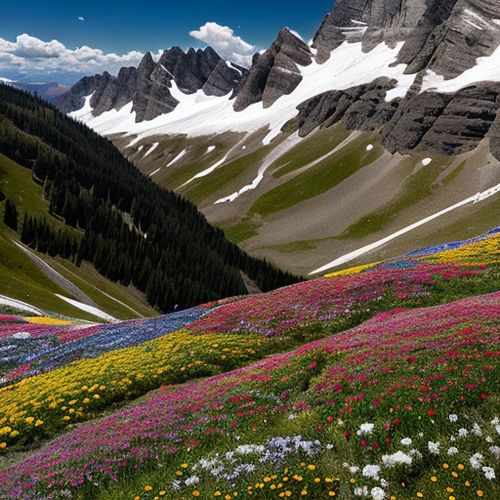
By Christopher Harris/Apr 28, 2025
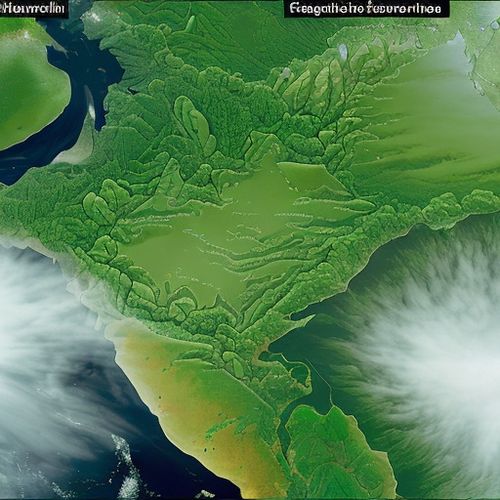
By Elizabeth Taylor/Apr 28, 2025

By Rebecca Stewart/Apr 28, 2025
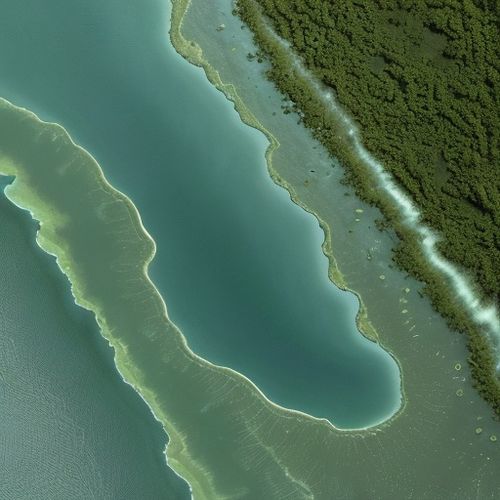
By Amanda Phillips/Apr 28, 2025
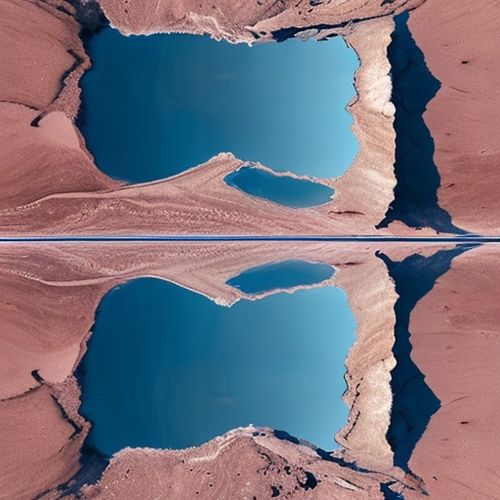
By Michael Brown/Apr 28, 2025
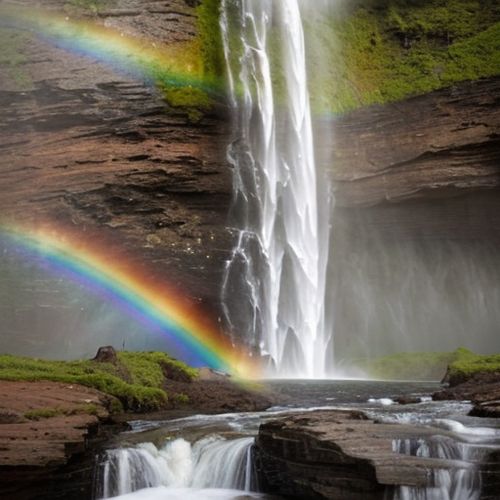
By James Moore/Apr 28, 2025
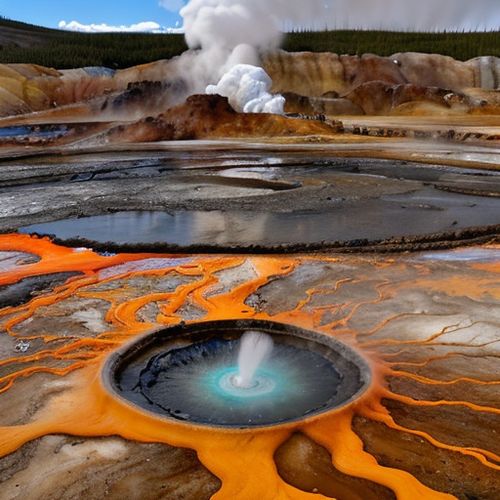
By Sophia Lewis/Apr 28, 2025